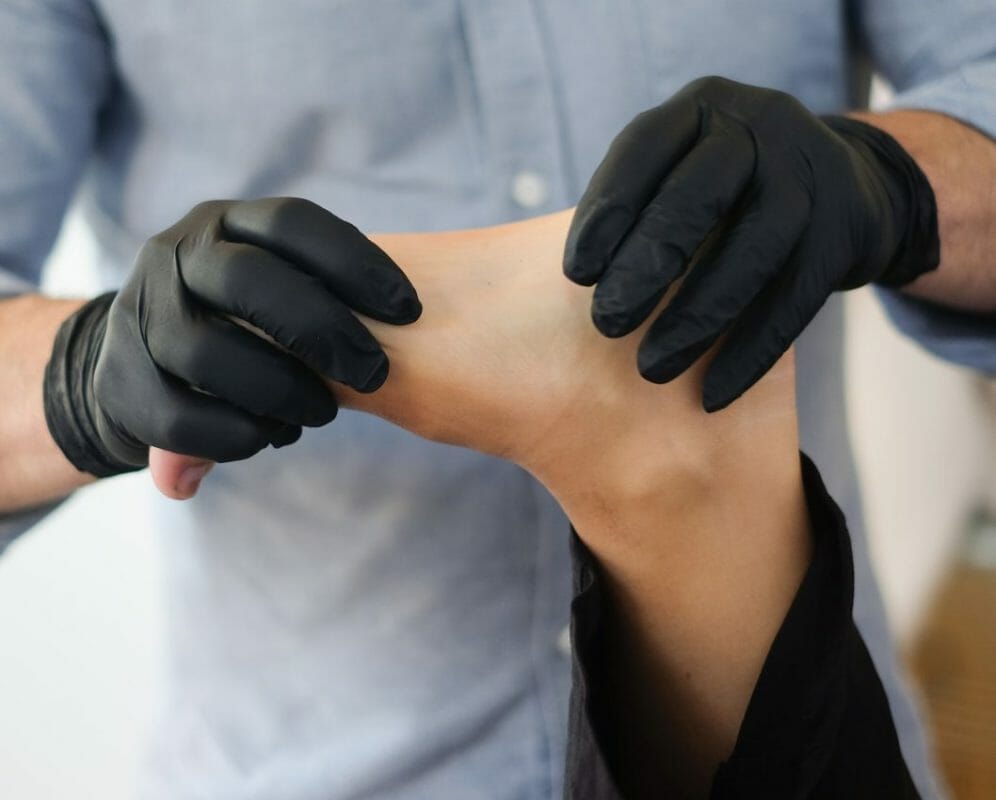Physical therapy is an effective and often underestimated form of health care. It can be used to treat a range of ailments, from chronic pain to sports injuries. According to the American Physical Therapy Association, physical therapists are trained to diagnose impairments in their patients’ movement patterns, restore functional mobility, reduce or eliminate pain levels, and develop strength and aerobic capacity while restoring balance and coordination—all without the use of pharmaceuticals or the risk of invasive procedures. In this blog post, we will explore how physical therapy works on a scientific level by examining its goals, treatment options available for patients, and success stories from those who have benefited greatly from it!
What is physical therapy and how does it work
Physical therapy involves a wide range of techniques and exercises that are designed to help improve strength and balance in the body. It is a highly personalized treatment that is tailored to the individual patient’s needs. Physical therapists work with patients to develop a plan that takes into account their medical history, lifestyle, and specific goals. The therapy may include exercises, stretches, massage, and other modalities that are designed to target specific areas of the body. Through regular physical therapy sessions, patients can begin to build strength, increase mobility, and improve their overall balance and coordination. Importantly, physical therapy can help to promote faster recovery from injuries and surgeries, as well as reduce the risk of future injuries. Search for at home physical therapy near me or something similar online to find a physical therapist in your area. They can provide you with the help and support you need to reach your goals.
Exploring the science behind physical therapy
Physical therapy is a field that many of us are familiar with, though we may not be aware of just how effective its techniques can be. Whether through massage, exercise, or stretching, physical therapy helps clients restore balance, flexibility, and strength to their bodies. By exploring the science behind these methods, researchers have found that they offer a range of benefits, both physical and mental. Among these benefits are improved circulation, reduced pain and swelling, increased range of motion, and an enhanced sense of relaxation. Whether used for injury rehabilitation or general wellness, physical therapy can help us achieve our health goals and feel our best.
How to incorporate physical therapy into everyday life
Incorporating physical therapy into your daily routine can be a challenging task, but it’s one that will pay off in dividends in terms of your overall well-being. The key to success lies in finding ways to incorporate exercises that are manageable and enjoyable, whether that’s taking a daily walk, spending time on a stationary bike, or doing some gentle stretching. The great thing about physical therapy is that it can be adapted to suit all ages and abilities, so it’s never too late to start. By integrating small, manageable tasks into your everyday life, you’ll soon find that you’re feeling stronger, more energetic, and more confident in your physical capabilities. So why not give it a try today? Your body will thank you for it!
Tips for finding a qualified physical therapist near you
If you are looking for a qualified physical therapist in your area, then look no further than the following tips. First, consider asking your doctor for a recommendation as they may have connections with trustworthy therapists. Another option is searching online for local physical therapy offices and seeing what reviews are available. It is also important to verify that the therapist is licensed and has the proper certifications before scheduling an appointment. Lastly, don’t be afraid to ask questions during your initial consultation to ensure that you feel comfortable and confident in their abilities. By following these tips, you will be on your way to finding a skilled physical therapist who can help you meet your health and wellness goals.
Taking advantage of physical therapy can be the key to unlocking better overall health and feeling, a bonus we can all appreciate. Through massage, stretching exercises, and strengthening movements, physical therapy helps improve balance, lessen pain, and increase strength. Whether one is dealing with chronic muscle pain or looking for improved general well-being in everyday life, the right physical therapist will get them on track toward reaching their goals. From sports therapeutic massage focused on athletes to rehabilitative care for anyone recovering from an injury or illness, there are specialists available to tackle any need. To find the physical therapist that is best suited for their needs and wants it is important to do research and discuss treatment options with each specialist they contact. Taking these steps will ensure that one remains well-informed regarding how physical therapy will benefit them in the long run.
